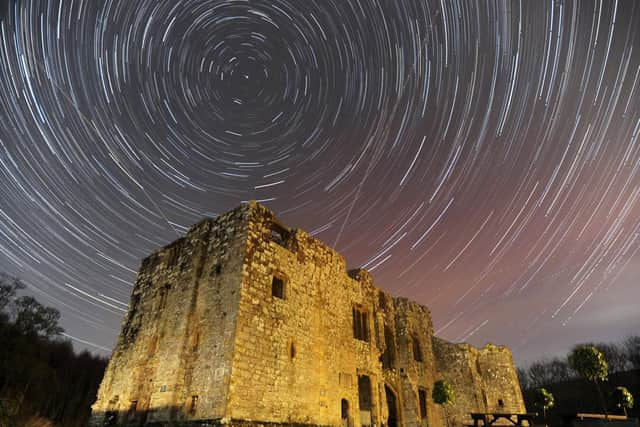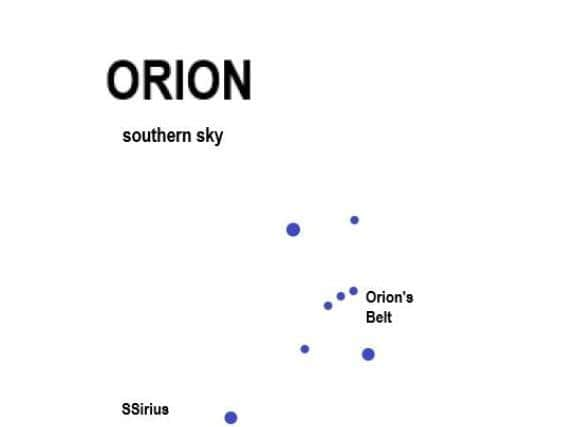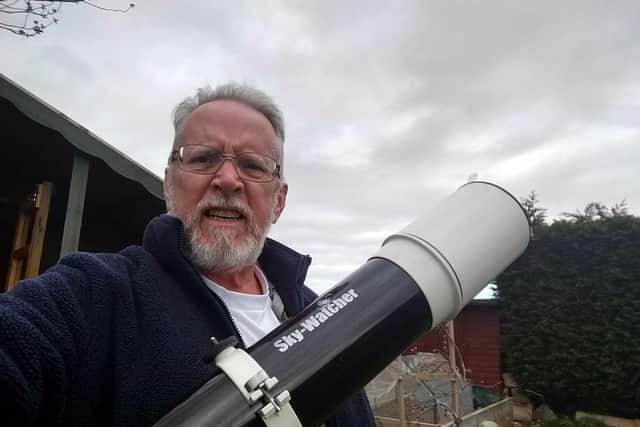From Venus to Jupiter, the Yorkshire stargazers' guide for June
But there are wonderful stars to look out for - and the International Space Station, which orbits the Earth every 90 minutes.
George, who lives in Long Riston, says not to be shocked if the light of the Space Station suddenly goes out.
Advertisement
Hide AdAdvertisement
Hide AdHe said: "Midsummers Day or the Summer Solstice on June 20 marks the longest day of the year.


"The sun coming up at 4:30am and going down at 9.30pm with hours of twilight on either side presents real challenges for stargazers.
"But fear not, if you’re an early riser then the stunning Morning Star that is Venus will be on display and towards the end of the month the fabulously brilliant Jupiter will be rising at 11pm.
"The Red Planet that is Mars and the beautiful Ringed Planet Saturn can also be seen in the pre-dawn sky.
Advertisement
Hide AdAdvertisement
Hide Ad"Some of the night skies' most famous features, the great constellation of Orion and the Summer Triangle are always easy to find.


"Look to the Southern sky and you’ll see Orion’s Belt with its three stars in a row which many believe were the blueprint for the construction of the Great Pyramids at Cheops.
"And once you’ve found them, project a line through the belt to the left and you’ll find Sirius.
"The second brightest star in the sky. Only our sun, which is, of course, also a star, is brighter.
Advertisement
Hide AdAdvertisement
Hide Ad"But don’t forget the Moon. If you can find a pair of binoculars, then our nearest neighbour always looks amazing.


"Look for the mountains and craters and for the rays from Tycho.
"And watch out for the International Space Station as it makes its majestic orbit of the earth every 90 minutes.
"You can follow it on @Space_Station on Twitter.
"Remember it’s visible because the sun reflects off its solar panels which means it doesn’t flash like an aeroplane warning light.
"And don’t be shocked if it suddenly goes out. It just means that the solar panels are no longer at the right angle for us to see it.
Comment Guidelines
National World encourages reader discussion on our stories. User feedback, insights and back-and-forth exchanges add a rich layer of context to reporting. Please review our Community Guidelines before commenting.